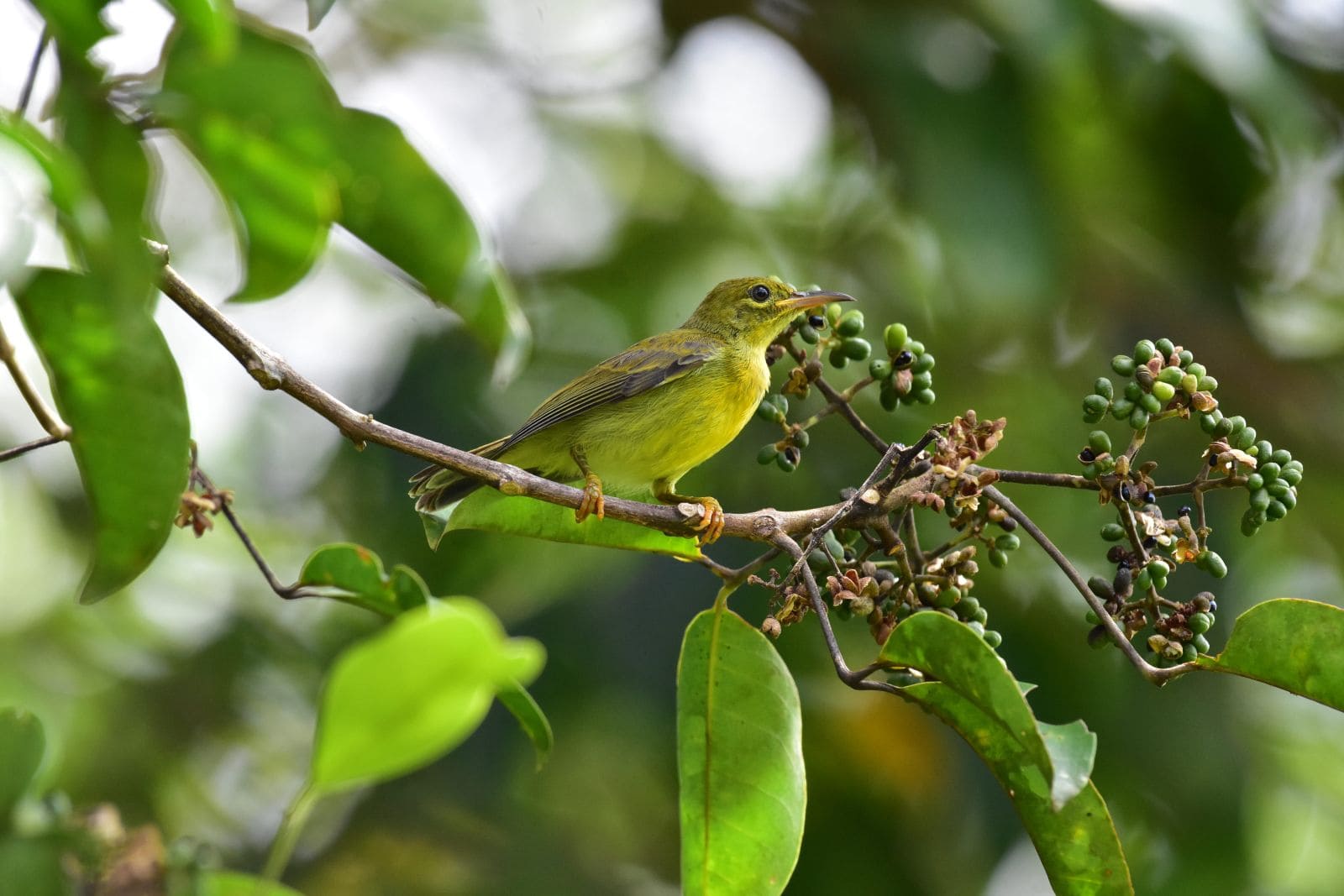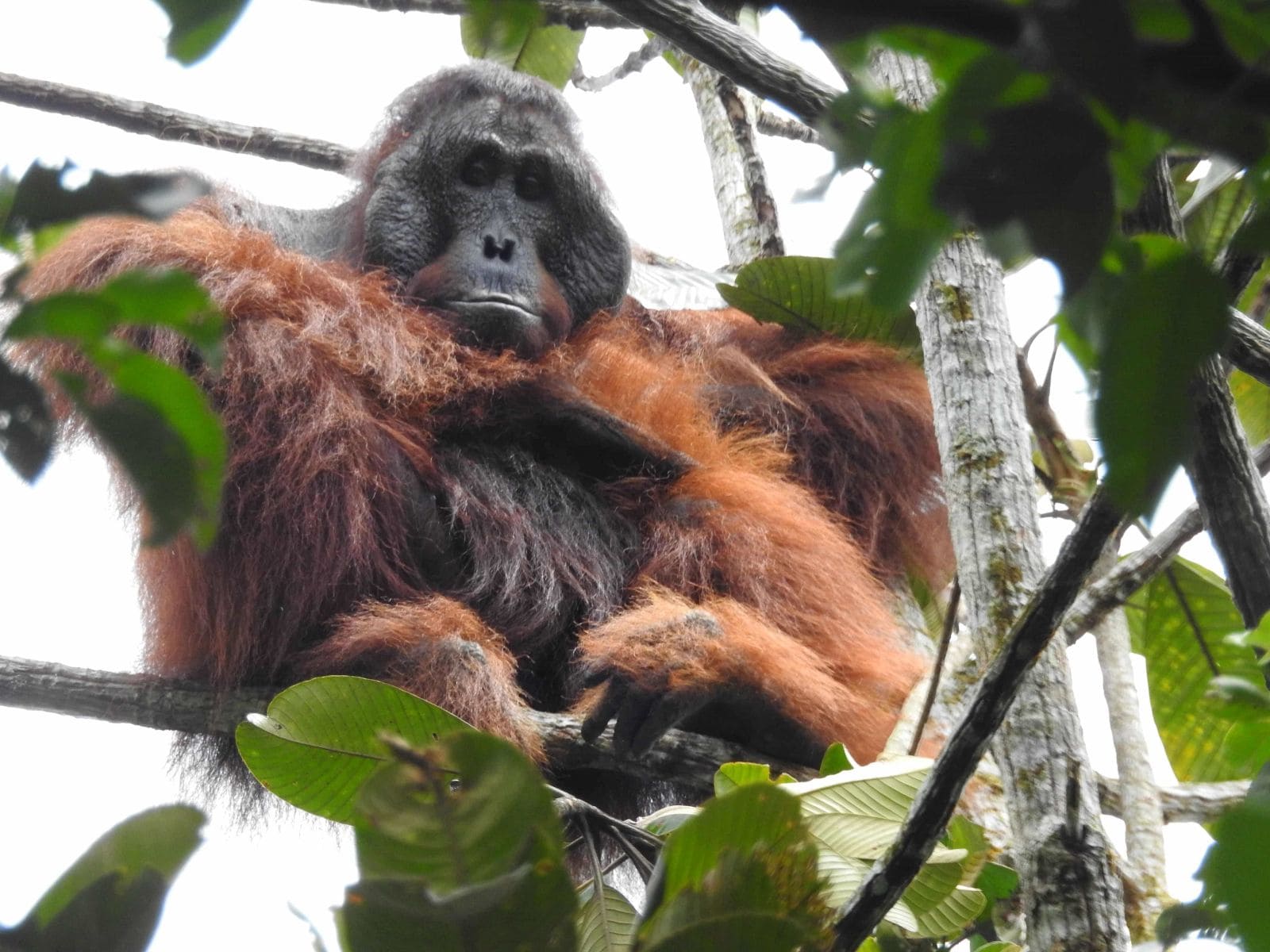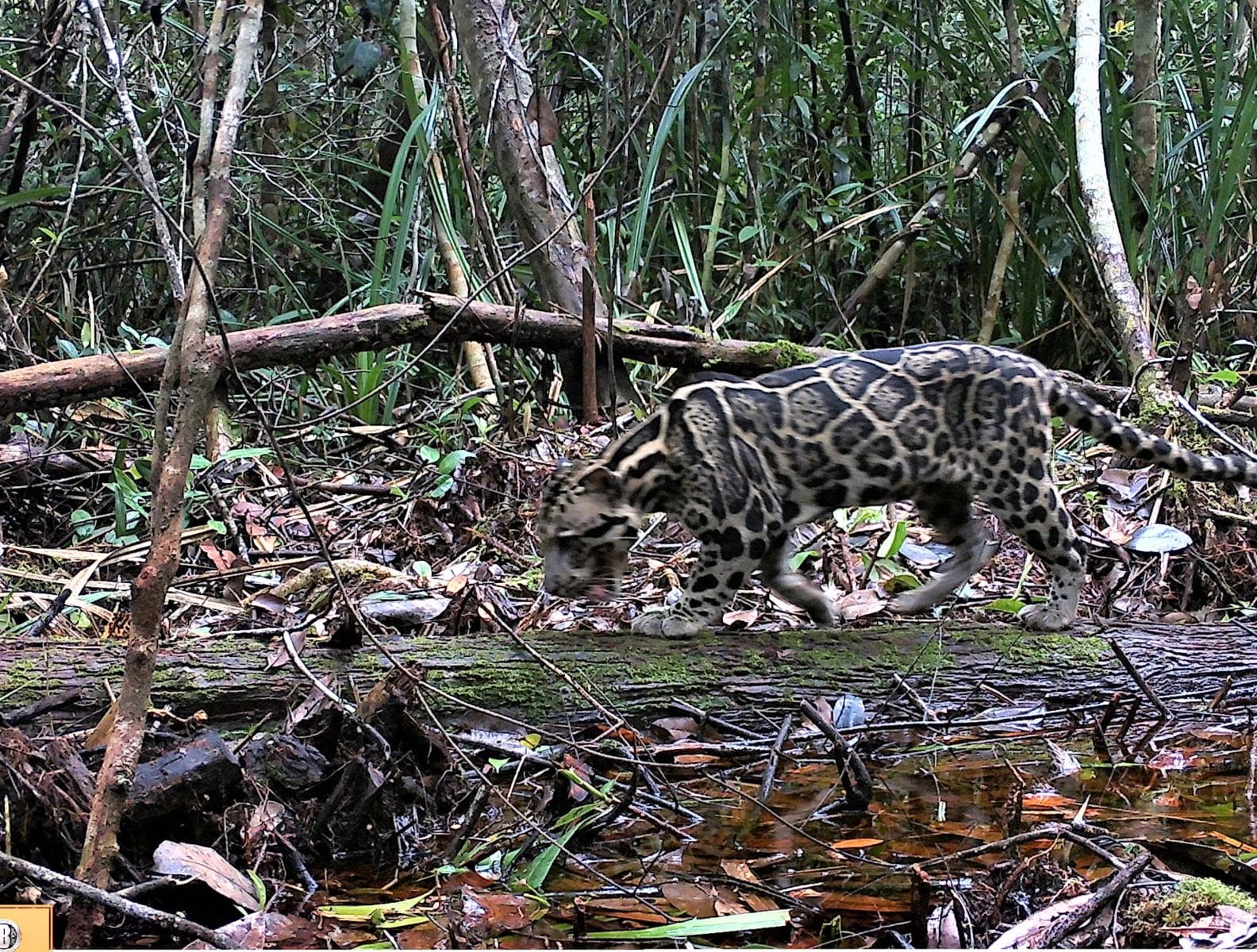


The Katingan Mentaya Project peat swamp forest is a vitally important biodiverse habitat which is home to High Conservation Value species that need to be protected



Katingan Mentaya Project’s biodiversity conservation strategy is designed to ensure a healthy population of flora and fauna species in the project area by eliminating drivers of deforestation and forest degradation, and by implementation of wildlife protection and monitoring, as well as enhancing natural habitats and ecological integrity through ecosystem restoration. The forest landscape is home to many high conservation value (HCV) species, including the Bornean orangutan, proboscis monkey, clouded leopards, the Sunda pangolin, and other rare, threatened or endemic species.
Healthy tropical forests provide many benefits, such as filtering air and water, stabilizing climate, preventing flooding and soil erosion, and providing food and fuel for local people. These benefits have been shown to be significantly enhanced in a well maintained tropical forest areas compared to areas where forests have been destroyed or degraded. Protecting peat swamp forest ecosystems can support the lives of local communities and existing wildlife/species.
The project protects the habitat of 73 mammals (2 critically endangered/CR, 8 endangered/EN, 18 Vulnerable/VU species); 255 birds (2 CR, 7 EN, 14 VU); 18 herpetofauna (1 CR, 2 EN, 5 VU), and 178 fish species.
The project aims to reduce threats to biodiversity in the project area by eliminating drivers of deforestation and forest degradation and increasing forest cover; conserve natural habitats, ecological integrity and overall biological diversity and actively protect species of High Conservation Value (HCV).
Identification of Critically endangered and vulnerable species by experts
255 bird, 73 mammal, 178 fish, 18 Herpetofauna, and 211 plant species identified in the project area
The area is home to Bornean Orangutan, South Kalimantan Uwa, and Proboscis Monkey
Community patrols safeguard the forest and its biodiversity
Technology deployed to assist biodiversity monitoring and data collection
Scientific papers published on biodiversity within the Katingan Mentaya Project



Orangutan population in the project area have been monitored intensively during the course of the project implementation of Line Transect survey and data analysis using Distance Sampling on nest counts. Line transects were placed across the project area to represent different sections and a variety of habitat conditions. Monitoring results indicates spatio-temporal variations in the density of orangutans in the project area.

Camera traps can be used not only to record the existence of rare animals, but also, to help to estimate their population and distribution. So far, the KMP’s biodiversity team have recorded 20 different species of mammals in the concession area, two of which are endangered. The automatic trail camera used by the team has passive infra-red sensor that are sensitive to movement of object/animals with temperature difference from the ambient temperature. When the object moves in front of the camera, the sensor will trigger the camera shutter to take image (in our case photo and video). The objects are then identified to species, and the information can then be used to update the conservation status of target species in the project area.

The KMP facilitates a Conservation Camp, which provides a unique and engaging way to talk to young people about conservation, driving environmental awareness and inspiring pride and care for the natural world. Muhammad Andi, a teacher of Environmental Conservation at Al- Muhajirin elementary school in Palangkaraya, took his pupils out to observe dragonflies – where they explored varieties, colors, wings shape – which he says has helped inspire a deep and lasting interest in biodiversity.


Climate change is a global challenge that requires global action. We can help you meet your commitments to deliver a brighter future.